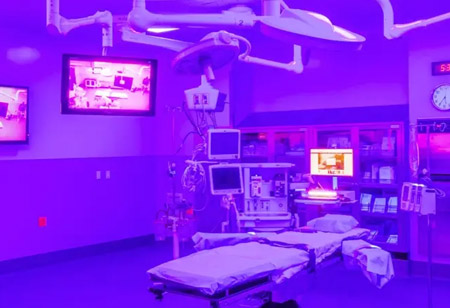COVID-19 has made people more conscious of how germs spread and has resulted in design improvements in the future. As a result, more touchless technology is being installed and introduced.
FREMONT, CA: COVID-19 has changed the way healthcare is provided in the United States and has undeniably impacted healthcare facility operations. Healthcare facilities understand the importance of providing the best possible care for all patients—as well as healthcare coworkers. If patients need home-based treatment, outpatient care, urgent care, emergency room care, inpatient care, or intensive care, this is the case.
As a result of the current pandemic, architects and designers must concentrate on designing healthcare spaces that promote social distancing, intensified cleanliness, and contactless environments. Many evidence-based methods are projected to become more popular in 2021 and later. Improved infection control, improved PPE storage, increased room capacity for overflow cases, more isolation, improvements in waiting rooms and public spaces, and the impact of telemedicine on overall healthcare design may be among these techniques.
Go Touchless
COVID-19 has made people more conscious of how germs spread and has resulted in design improvements in the future. As a result, more touchless technology is being installed and introduced. Touchpoints are being phased out in favor of voice recognition or activation. Touchless temperature tests, which have become normal in hospitals, colleges, and businesses, are not going away anytime soon.

